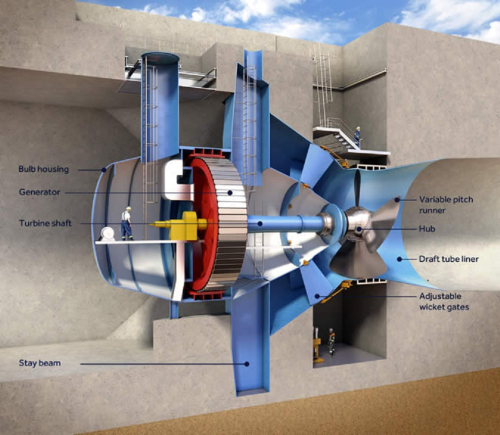
With a circular orbit, tidal heating would decrease and the ocean would eventually freeze, leaving ancient fractures across the surface.īut the old fractions don’t fit well with the otherwise young outer layer suggested by cratering. Over time, as Triton’s orbit became more circular, the tidal stress would have decreased. “It’s not clear whether or not that ocean stuck around.”Īll that squeezing by Neptune would have caused the crust to split, creating fractures. “We definitely know Triton had an ocean in its past,” Hurford says. Its original eccentric orbit would have allowed Neptune to squeeze it more frequently, heating the interior and melting the ice. Its backward orbit suggests that Triton didn’t form around Neptune but is instead a captured object, an icy Kuiper Belt Object from the outer solar system.

The moon holds the dubious fame of being the largest object to travel around its planet backwards, in what is known as a retrograde orbit. In the past, however, Triton probably wasn’t quite as well-rounded. But Triton’s orbit is nearly circular, one of the roundest of any moon, so Neptune’s kneading today is limited. As the moon orbits the planet, it is slowly squeezed and released, breaking apart the surface. On Europa, fractures in the surface come from tidal stresses. Even tiny Pluto may hold a liquid ocean, while the subsurface water on its largest moon Charon has long since frozen.Īfter studying fractures on the surface and modeling how they may have evolved, Hurford thinks it’s time to add Triton to the club. Saturn’s moon Enceladus not only carries an ocean but vents it through geysers at its southern pole, while another moon, Titan, boasts not only lakes and seas on the surface but a water-rich layer beneath the crust. Two other Jupiter satellites, Ganymede and Callisto, are also considered ocean worlds. Jupiter’s moon Europa hides an ocean beneath a thick icy crust. Today, ocean worlds abound in the solar system. He presented his results at the Lunar and Planetary Sciences meeting in The Woodlands, Texas.

Hurford examined the geyser-rich moon and found evidence that it may still have an ocean today. It was the first active satellite ever imaged,” says Terry Hurford, a planetary scientist at NASA Goddard Space Flight Center in Greenbelt, Maryland. Triton’s density suggests a layer of ice or water only a few hundred kilometers thick. Few craters mar the crust, suggesting that something is resurfacing the young exterior. When Voyager 2 visited Neptune in 1989, it snapped the first images of Triton, revealing towering dark plumes and a tenuous nitrogen atmosphere. Large fractures on the surface hint towards a liquid ocean beneath the icy crust. But new research reveals Triton as a potential water-world. Before it was eclipsed by Jupiter and Saturn’s ice-rich moons, Neptune’s largest moon Triton made a play to be recognized as one of the most interesting satellites in the solar system.


 0 kommentar(er)
0 kommentar(er)
